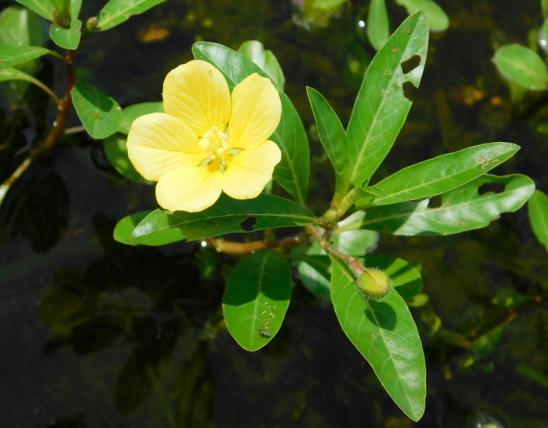
A low perennial with stems that at first are erect, but soon spread out and root at the tips. It often forms loose colonies. Flowers yellow, on long peduncles arising from a leaf node, with rounded petals interspersed by linear sepals. Blooms April–June. Leaves 5-divided, oblanceolate, toothed, with the leaflets often curled inward when young.
Similar species: There are 7 species of Potentilla recorded for Missouri, 2 of which are introduced. This species is distinguished by its solitary, long-stalked flowers; stem leaves often produced in clusters on short side branches; and the central leaflet usually twice as long as wide or wider.
Stem length: about 8 to 60 inches.

Scattered nearly statewide, but uncommon or absent from the northwestern quarter of the state.
Habitat and Conservation
Upland prairies, sand prairies, openings of mesic to dry upland forests, glades, savannas, tops of bluffs, banks of streams and rivers, and margins of sinkhole ponds; also pastures, old fields, fallow fields, crop fields, fencerows, old mines, old quarries, railroads, roadsides, and open, disturbed areas. Although this species seems rather weedy, it is a native wildflower.
Human Connections
The genus name, Potentilla, is from the Latin for “little potent one.” It refers to the historic medicinal uses of some of the 300 species of this genus.
Ecosystem Connections
Bees, flies, butterflies, wasps, and other insects visit the flowers for nectar, pollen, or both. Rabbits and woodchucks eat the leaves.



































